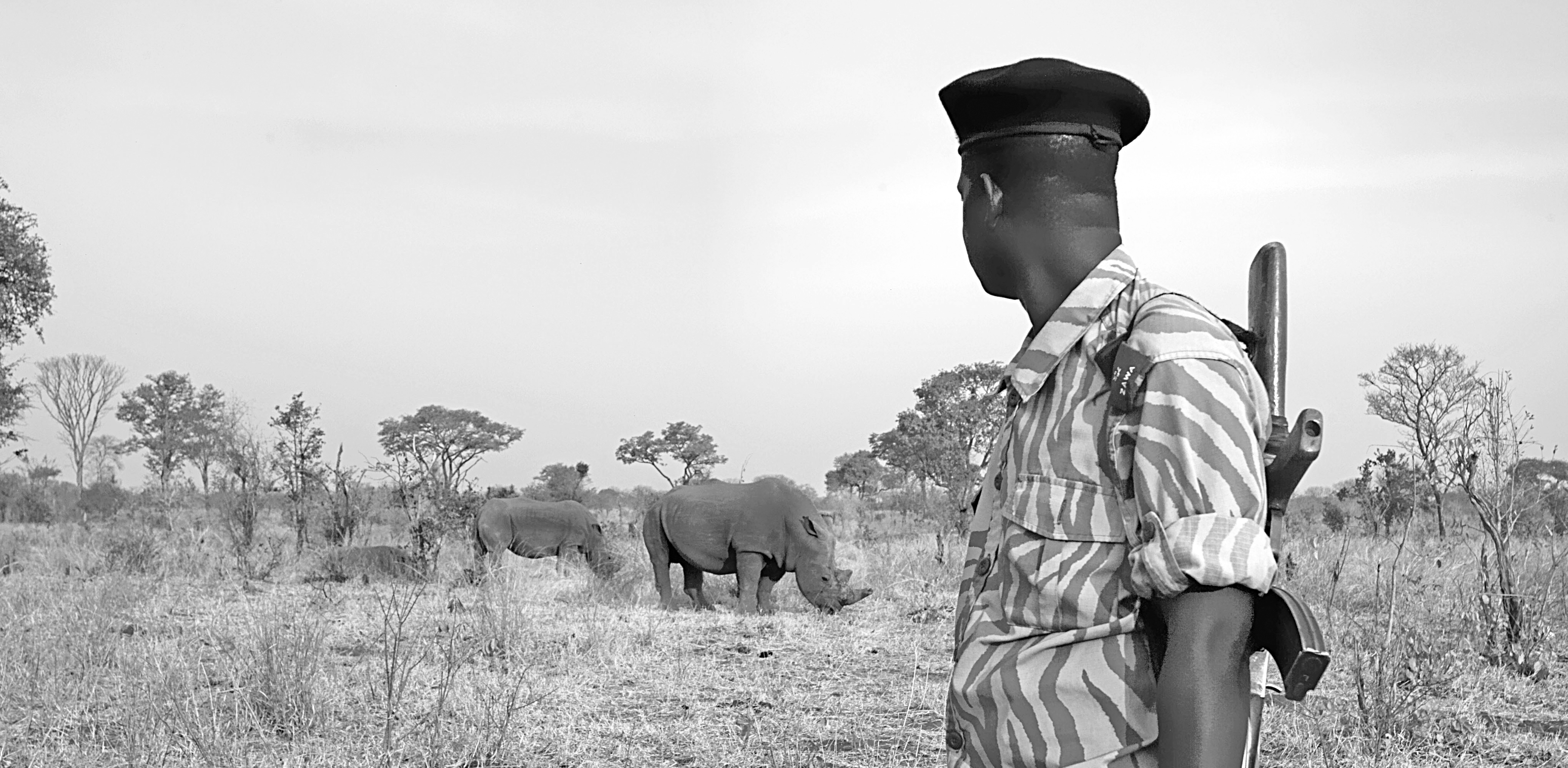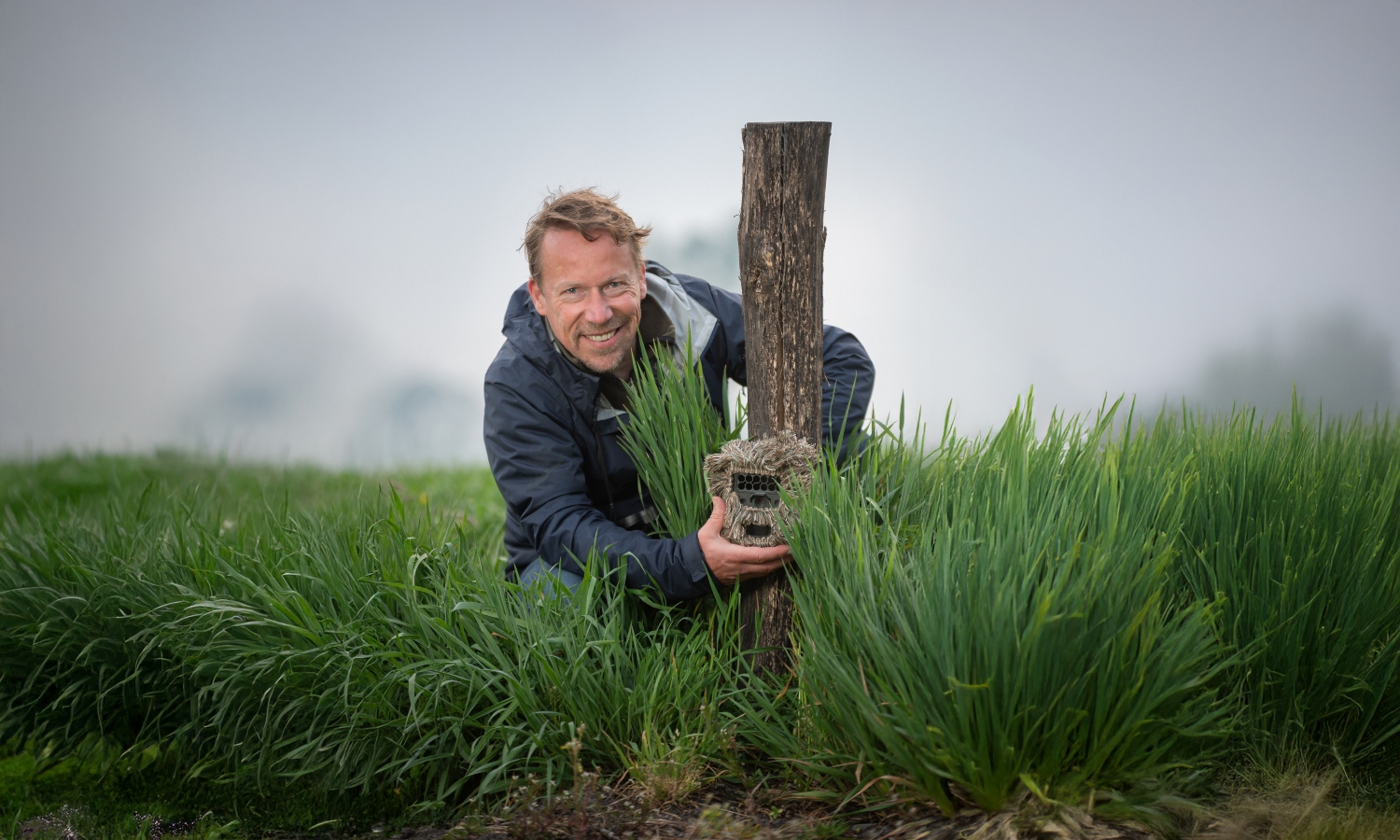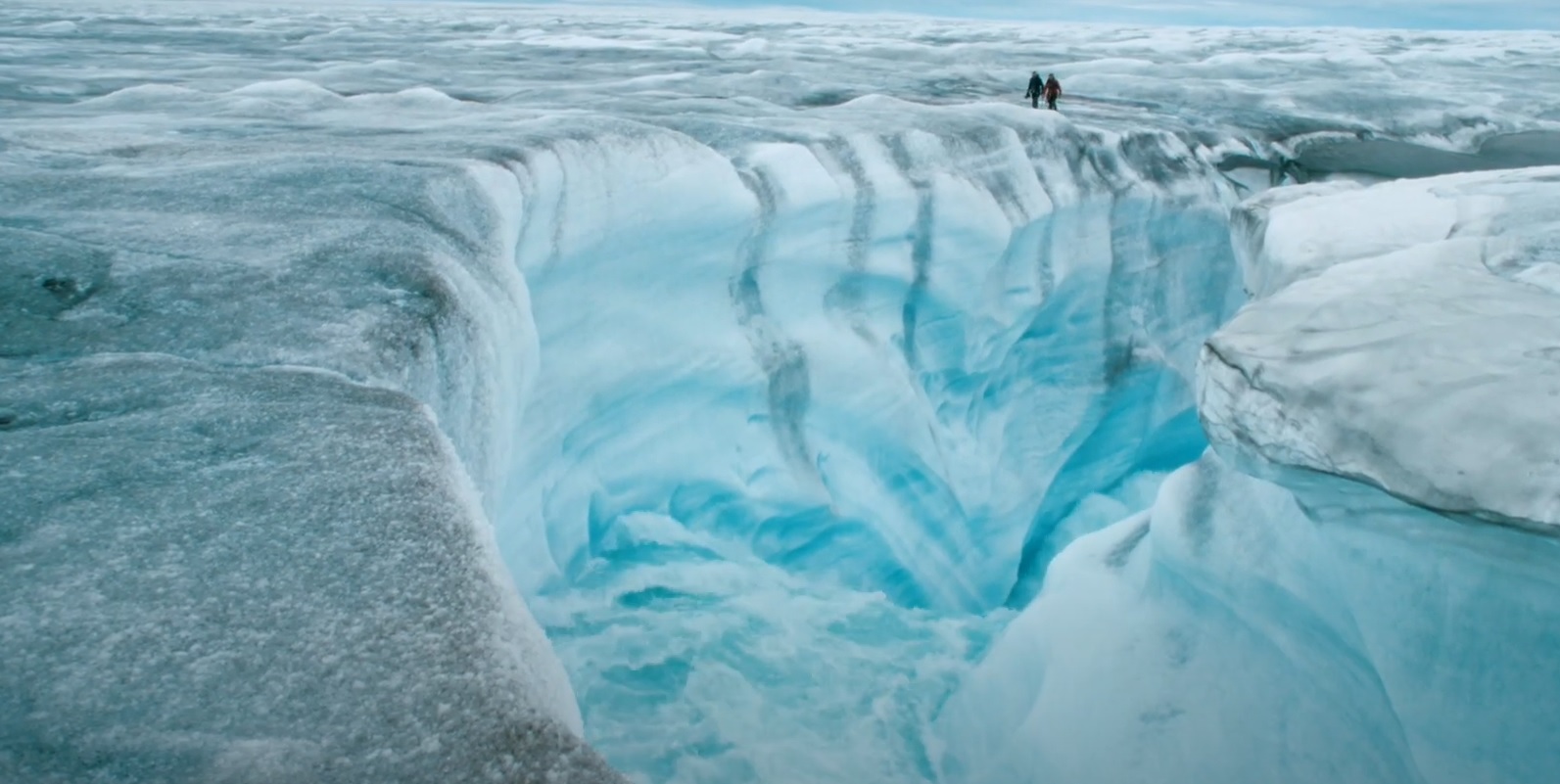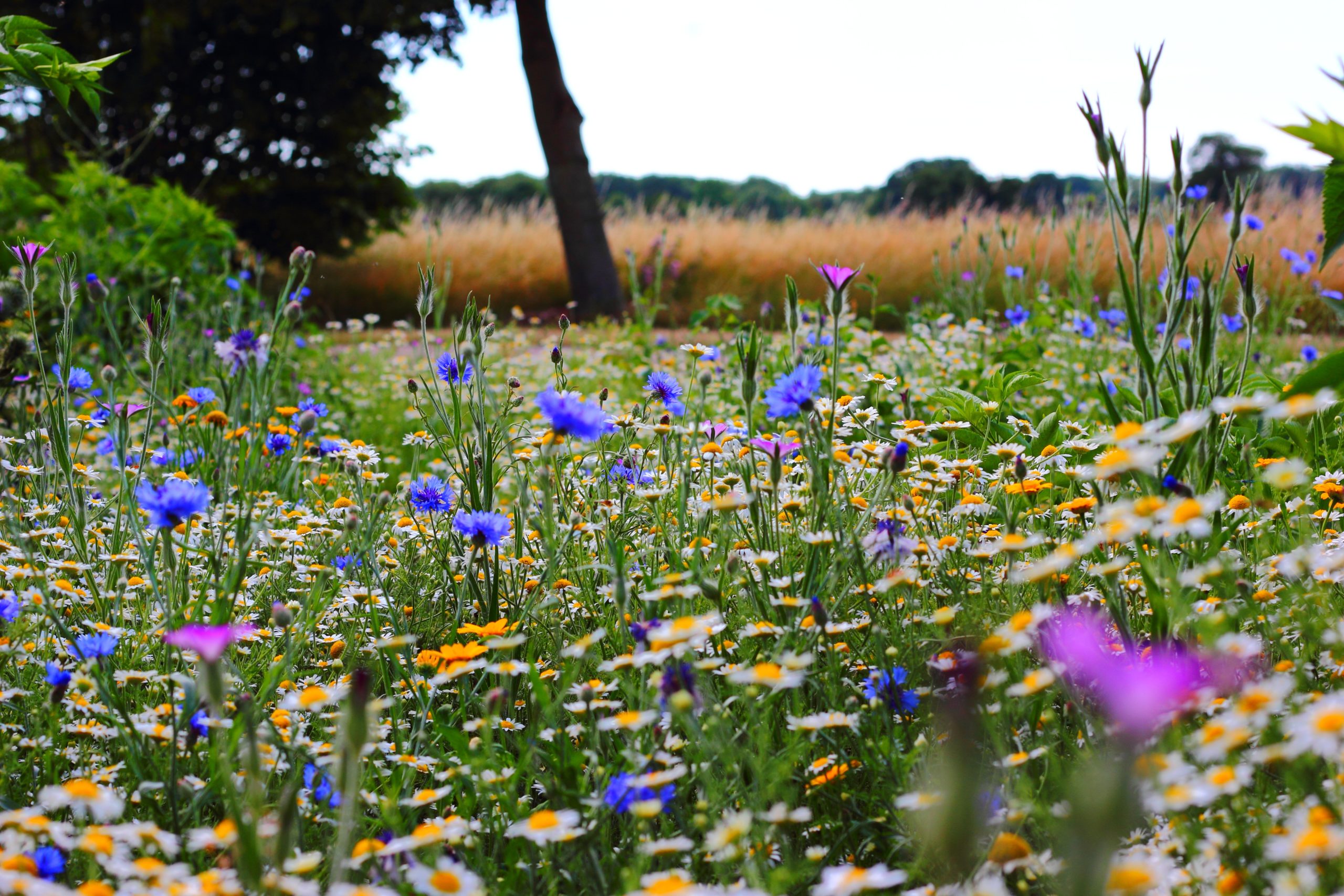‘As long as there is poverty, the rhino is a lost cause,’ says Herbert Prins, emeritus professor of Resource Ecology. WUR is developing a new technique for tracking down poachers, but nature conservation is first and foremost a social issue. Technique alone is not the solution.
‘You want to prevent crime, not fight it, which is a fundamental difference,’ Herbert Prins states. Until 2019 he was professor of Resource Ecology (now Wildlife Ecology and Conservation). He has since retired but is still active in the field. ‘Most poachers are people like you and me, not criminals.’ His sentinel animal technology is a new nonviolent system that detects poachers, hopefully before they shoot a rhino or elephant. Herd animals such as zebra and impala are collared with trackers. From the behaviour of these animals, the researcher can locate the poachers (see inset).
Impala for sale
South African Bradley Schroder obtained his PhD from Wageningen University (for another study) and is now a senior project manager of Limpopo National Park in Mozambique, bordering Kruger National Park in South Africa. He was involved in the field trial of tagged herds in Welgevonden Game Reserve. ‘It’s a big step forward, although I suspect it’s financially unfeasible for large parks.’ Welgevonden is 38,000 hectares, Limpopo over a million hectares.
The sentinel system need not be expensive, explains Herbert Prins. ‘If you buy the transmitters from specialized ecological research stores you pay top dollar, but African farmers also use transmitter collars for their cows. Those are just as good.’ Herd animals are also for sale, at least in South Africa: ‘At auctions you can buy zebras and impalas. An impala costs about 72 euros. You buy a herd, equip them with a transmitter and release them in a park.’ In countries like Kenya and Tanzania, there is no such wildlife market, and you have to dart and tag animals in the field. That involves a vet, and is more expensive. But whether the technique is expensive ultimately depends on the price of a rhino, as far as he is concerned. ‘We want to prevent their extinction. How much is that worth to us?’
We want to prevent their extinction. How much is that worth to us?
Living together sustainably?
Several thousand people live within Limpopo Park’s boundaries, with some 15,000 cattle. There are eight communities, which project leader Schroder wants to resettle outside the area. ‘The people have cattle and farm on the fertile land in the park, just where the wildlife also prefers to graze and where the tourists want to go. Tourists don’t pay a fortune to see cattle and corn. We move the community, give them houses, a piece of land for irrigation and other benefits outside the park. Only then can we reintroduce the rhino and get tourism up and running in the park.’ So far, five communities have moved out.
Do the people really want to leave? Schroder: ‘Most of them are happy to resettle and this is a voluntary resettlement process in line with world bank standards. They are better off outside the park and get compensation for things they leave behind like fruit trees. We help them move. Together with the government we build churches, health centres and schools, things we can’t do inside the park.’
This is a voluntary resettlement process in line with world bank standards
Professor Bram Büscher (Sociology of Development and Change) does not see technology as the solution. ‘It depends very much on the social context. In most African game reserves, conservation goes hand in hand with social inequality and injustice.’ He is therefore annoyed by the approach of park managers like Schroeder. This kind of nature conservation, he says, has many neo-colonial traits. ‘Who are we as white or western people to tell local people how and where they should live?’ He points at much research that has shown that communities in the Limpopo Park in Mozambique are not happy to leave voluntarily.
Büscher advocates a new vision in which humans live with wildlife within a society that no longer aims solely for economic growth. This ‘convivial conservation’ advocates, amongst other things, for a basic income for communities in and around nature parks. A project exploring this idea is already underway in South Africa, and there are others in other countries. ‘Money is not the problem,’ Büscher argues. ‘The basic income can come from governments or international organizations, and through redistribution. The key is that it is necessary to address historical injustices and conduct a dialogue on new ideas to protect wildlife.’
Not the solution
Prins does not think relocation practices such as those in Limpopo are desirable, but neither does he see a harmonious coexistence of people and rhinos as realistic. ‘It is romantic nonsense, a false nostalgia. It has been shown time and again that it doesn’t work, as long as there is inequality. People around the parks often live in hunger and poverty, and they have to survive. They plough parts of the park, and shoot an elephant if it comes into the village. You can’t blame them, if such an animal kills their mother or child.’
Harmonious coexistence of people and rhinos is ‘romantic nonsense, a false nostalgia’
According to Prins, this inequality cannot be tackled everywhere. It’s better to work locally on equality and help people find a job, he thinks. ‘Welgevonden reserve employs 700 people in conservation and tourism. Those people get a middle-class salary. By doing that you give the local people an interest in protecting the animals.’ Welgevonden is guarded with three shields, explains Prins: firstly the sentinel animals, the technology, secondly informants from the villages, and finally around the park all access roads are controlled by manned barriers in a radius of 20 kilometres, with camera surveillance up to 100 kilometres away. The police are on standby for reports of anything suspicious. Prins: ‘These cameras also make the area safer for the local communities. There is less burglary, theft and rape.’
Tijd rekken
Prins is not blinded by the technology. ‘Maybe it won’t work well enough, and we’ll find out that it’s better to just survey all access roads with cameras. That’s unfortunate for science, but ultimately the goal is to find something that works for wildlife protection.’
The rhino will go extinct, there’s no way around that
‘I’m realistic,’ says Prins. ‘You see some countries and parks give up on the rhino, because protection doesn’t work. Uganda is probably going to scrap the Murchison Falls National Park, and there’s no stopping that anyway because of oil and gas development. The inhabitants will plough the land and hunt the game. In Kruger National Park we will probably lose the rhino. The rhino will go extinct, there’s no way around that. But I can buy time, hopefully thirty years.’ African population growth is expected to peak in 2050. Prosperity is growing, and poverty is disappearing. You can already see that in Nairobi and several other cities, Prins said. Then the attitude towards nature will change. So is he optimistic after all? He smiles, ‘That’s why I say thirty years.’
Sentinel animal technology
The sentinel system was devised by Herbert Prins and developed by researchers from the Department of Wildlife Ecology and Conservation in collaboration with technology company IBM. It was tested with tagged zebras, impalas, wildebeests and eland antelopes in Welgevonden Game Reserve in South Africa, where rangers mimicked the behaviour of poachers on foot and by car. A second field trial is now underway in Tsavo National Park in Kenya. The Kenyan WUR PhD researcher Moses Lekishon Kenana is doing his research in Tsavo. In addition to prey animals (zebra and Coke’s hartebeest), he has also tagged five lions and five hyenas. The question is whether zebra and hartebeest react differently to these predators than to poachers. Kenana is also a park ranger. ‘I see this technology as an additional component of the toolkit against poaching, but there is no silver bullet.’

 A park warden guards rhinos in a National Park in Zambia. Photo: ANP
A park warden guards rhinos in a National Park in Zambia. Photo: ANP 

